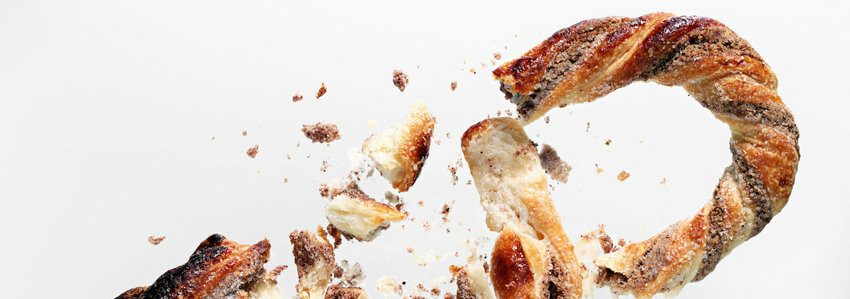
Our industry loves talking about food (honestly, who doesn’t?). So, when talking professionally about your product, it’s nice to explain the texture and taste on a scale everyone understands. That’s why we have Texture Profile Analysis (TPA). It began as a trained sensory panel measuring and describing the textural properties of food. Today, specialized equipment can be used for a more objective and scalable option.
The TPA consists of a double compression test carried out by a machine called Texture Analyzer. The equipment is coupled to a computer and has several testing probes depending on the type of product to be analyzed. Initially the lab technician or researcher must undertake a literature research to select the appropriate test settings for the product. TPA instruments commonly come with pre-charged settings for commonly tested products.
What does texture profile analysis tell you?
TPA helps describe the textural attributes of the food product, which are broken down into different primary categories:
- Hardness: the initial force used to deform
- Cohesiveness: how the item holds together
- Viscosity: flow rate
- Elasticity: the rate at which a deformed item reforms, or its springiness
- Adhesiveness: rate at which item comes away from probe (instrumental) or roof of mouth/teeth
The primary categories can be further broken down into secondary categories:
- Resilience: measurement of how a sample recovers from deformation in relation to speed and forces
- Brittleness (Fracturability): the initial force needed for a material to fracture
- Chewiness: energy required to chew a solid food until it is ready for swallowing
- Gumminess: energy required to disintegrate a semisolid food until it is ready to swallow
Each of these categories can been broken down even further to give a clearer picture of the food. Measurements are made by compressing an item to a set distance and analyzing the force it takes for the item to deform.
Get tips for successfully running a TPA test! Download our technical paper.

